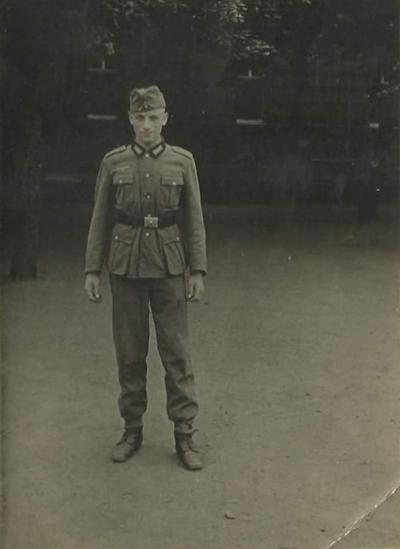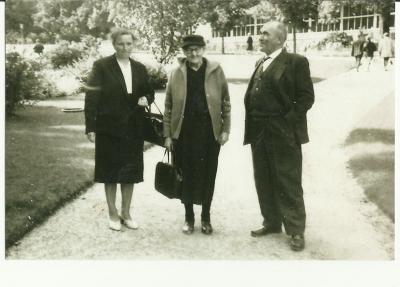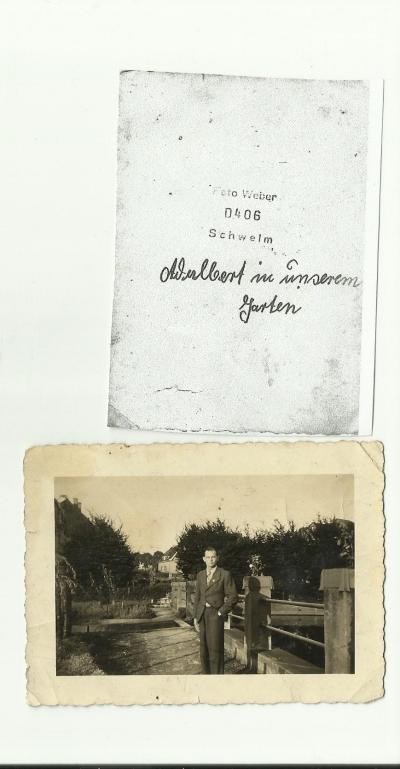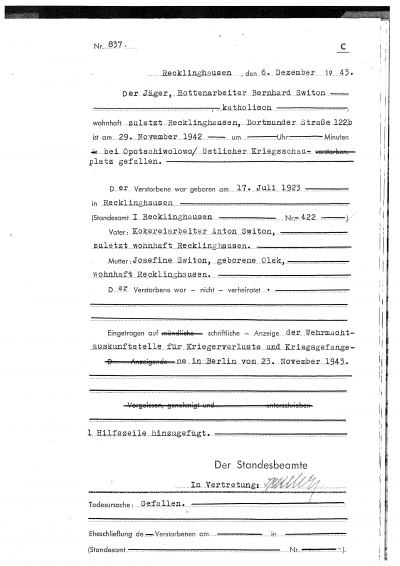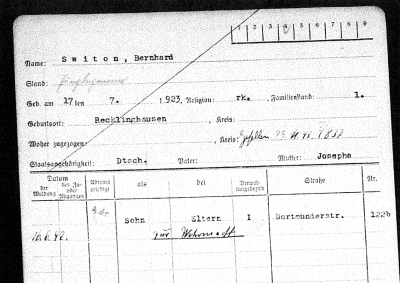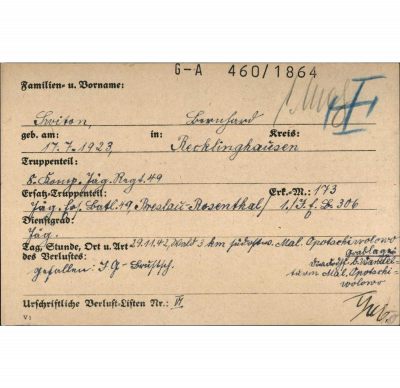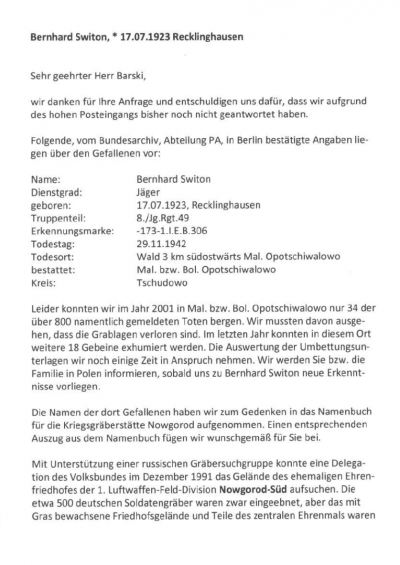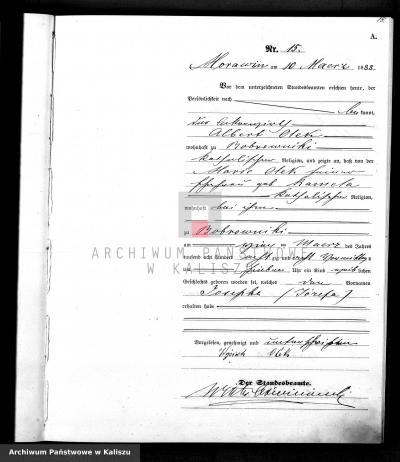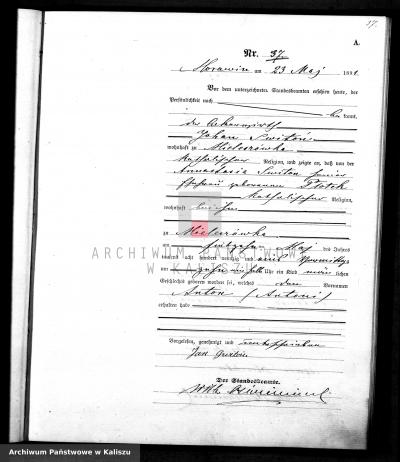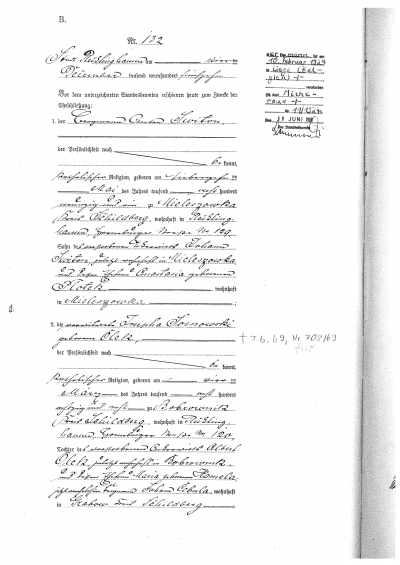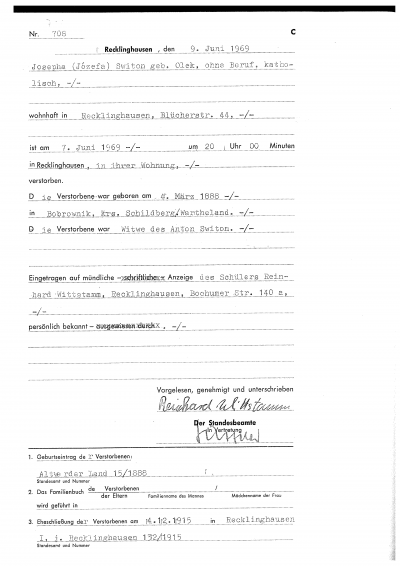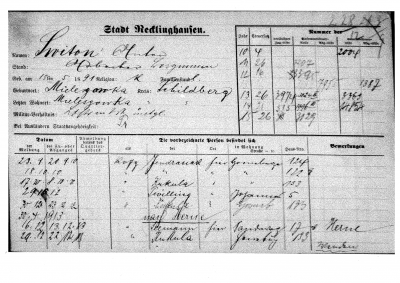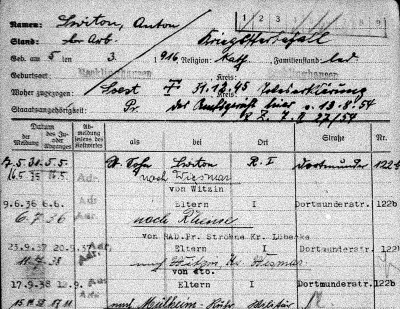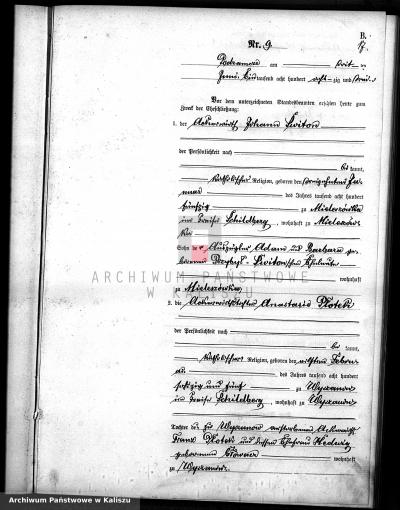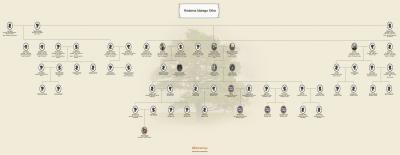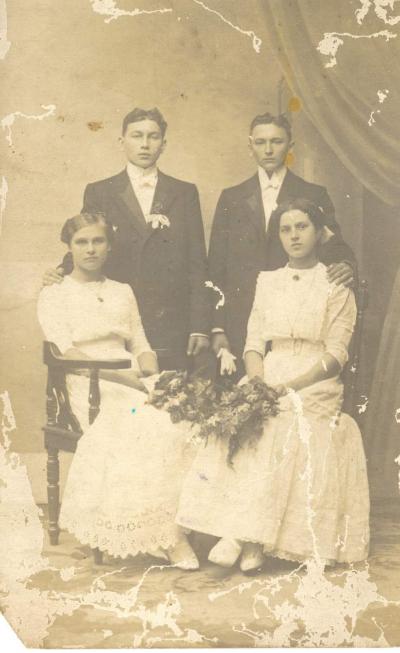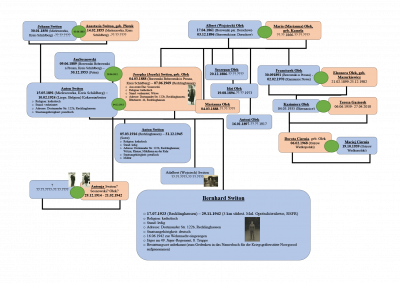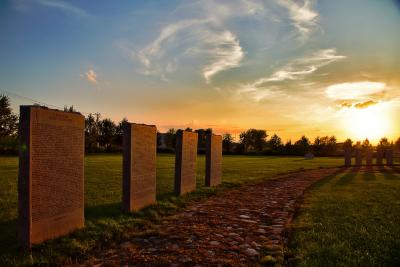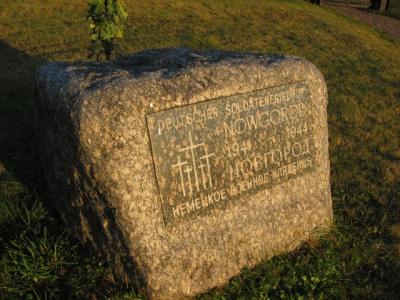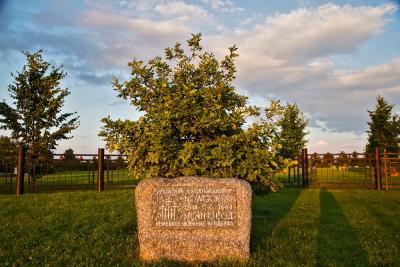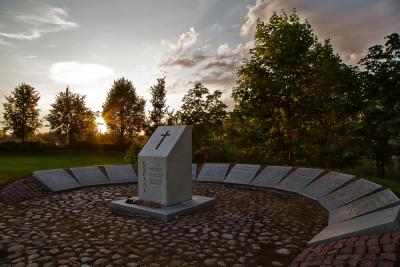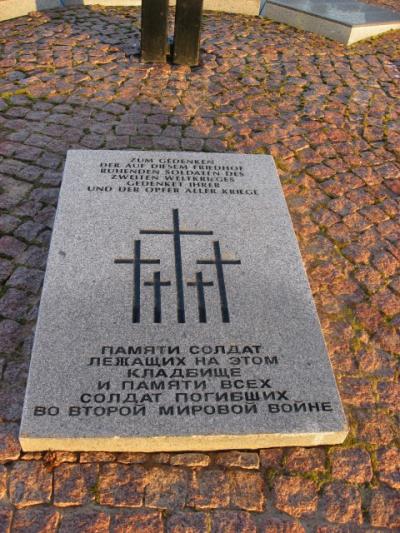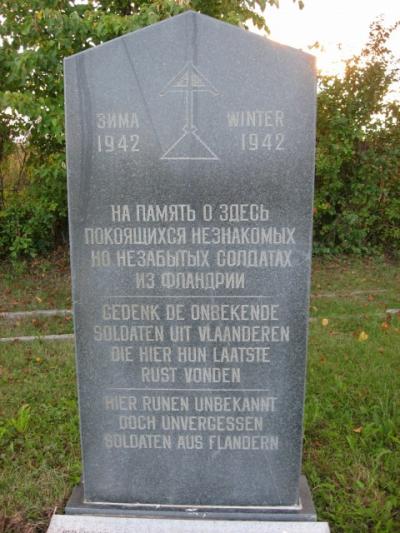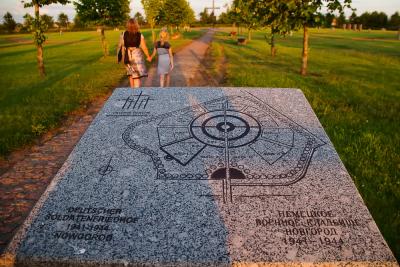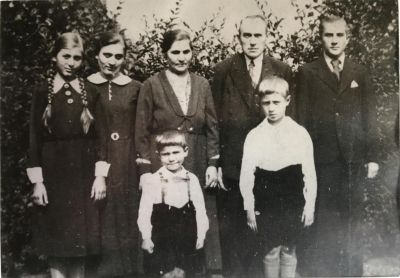The death of a Polish Wehrmacht soldier in Russia: Bernhard Switon (1923-1942)
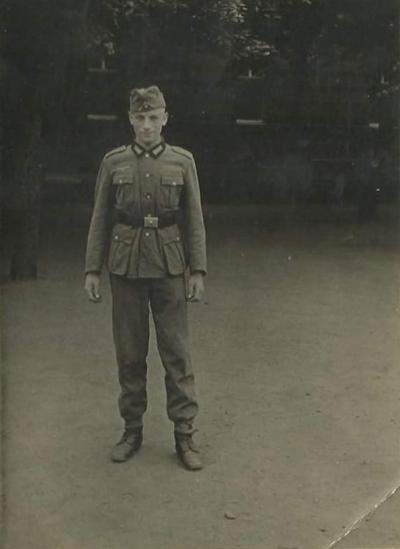
The case of Bernhard Switon in the culture of remembrance of the Second World War
Given that Bernhard Switon was called up to the Wehrmacht on 16 June 1942, i.e. in the middle of the war, and died only a few months later, he must have been sent to the front after only a short initiation. To that point, he had been living with his mother. There were no notes to be found about his employment status; presumably he was still at school. The circumstances which led him to the Wehrmacht are not known either, and it is not known how he was treated in the ranks of the Wehrmacht.
The war graves of fallen German soldiers are usually documented and can be researched via the German War Graves Commission. The German War Graves Commission, funded by donations from relatives and government support, has been working since the end of the First World War to maintain the graves of German soldiers from past wars. The organisation holds international youth workcamps and exhumation initiatives in an exchange with partner organisations from other countries under the guiding principles of “understanding-reconciliation-peace”[15]. The organisation also helps relatives search for the graves of their fallen relatives and organises trips to the relevant sites. After the collapse of the Soviet Union in 1991, a war graves agreement was signed between Germany and Russia which allowed the Commission to record and maintain the graves from the First and Second World Wars. The German military cemeteries in Russia as well as the Soviet cemeteries and war memorials in Germany are financed by Germany. This was yet another reason why the Russian President at the time, Boris Yeltsin, agreed to the bilateral governmental agreement on the tending of war graves since Russia did not have the funds to maintain graves and memorials in Germany after the collapse of the Soviet Union.[16] Since then, several German military cemeteries have been opened in Russia and further cooperation has been agreed.
When we made contact with the Commission, the assumption that Bernhard Switon had died on the Eastern Front was confirmed. According to the archives[17], he went to the Russian Soviet Republic as a soldier of the 49th infantry regiment where he fell on 29 November 1942 and was buried in the wood, three kilometres southeast of Moloje Optschiwalowo (a settlement that no longer exists today, approx. 80 km away from Nowgorod Welikij). However, we were not able to be given the current location of his grave as no features identifying Bernhard Switon were found during the exhumation work in the area, which is the only method for identifying the remains of deceased soldiers.
The last time we received information from the War Graves Commission (November 2020), only 62 of 869 fallen soldiers reported by name had been able to be recovered and identified in the area around Nowgorod. Deceased soldiers were identified by the identity disks that every German soldier carried with them. In the case of fallen soldiers, these were broken into two parts – one part remained with the deceased and one part was sent to be documented at the department in Berlin, along with the reference of where the soldier was buried. If the deceased are not found with the corresponding tags, it is often because the burial sites can no longer be clearly located, are not accessible or the identity tags are no longer present because they have been found and stolen by grave robbers who trade in Wehrmacht militaria on the black market.
The deceased who were buried in the area of Nowgorod Welikij were then buried in the German military cemetery (Pankowka) in Nowgorod, which was opened in the grounds of the former cemetery of the 1st Nowgorod South Luftwaffe Field Division in 1996. As Switon’s identity tag has not yet been found, it is not clear whether he has not yet been exhumed or whether he remained nameless when the bodies were moved to Nowgorod cemetery. On the other hand, however, Switon, like hundreds of other fallen soldiers reported by name, was recorded in the German War Graves Commission’s commemorative book for the Nowgorod war graves.
[15] Siegl, Elfie: Versöhnung über Gräbern: Deutsche Kriegsgräberfürsorge in Russland, in: Zeitschrift Osteuropa, Vol. 58, No. 6, Geschichtspolitik und Gegenerinnerung: Krieg, Gewalt und Trauma im Osten Europas, June 2008, p. 309.
[16] cf.: ibid., p. 309 f.
[17] Information about fallen soldiers from the Federal archive, PA department in Berlin, which was made available to the German War Graves Commission.
